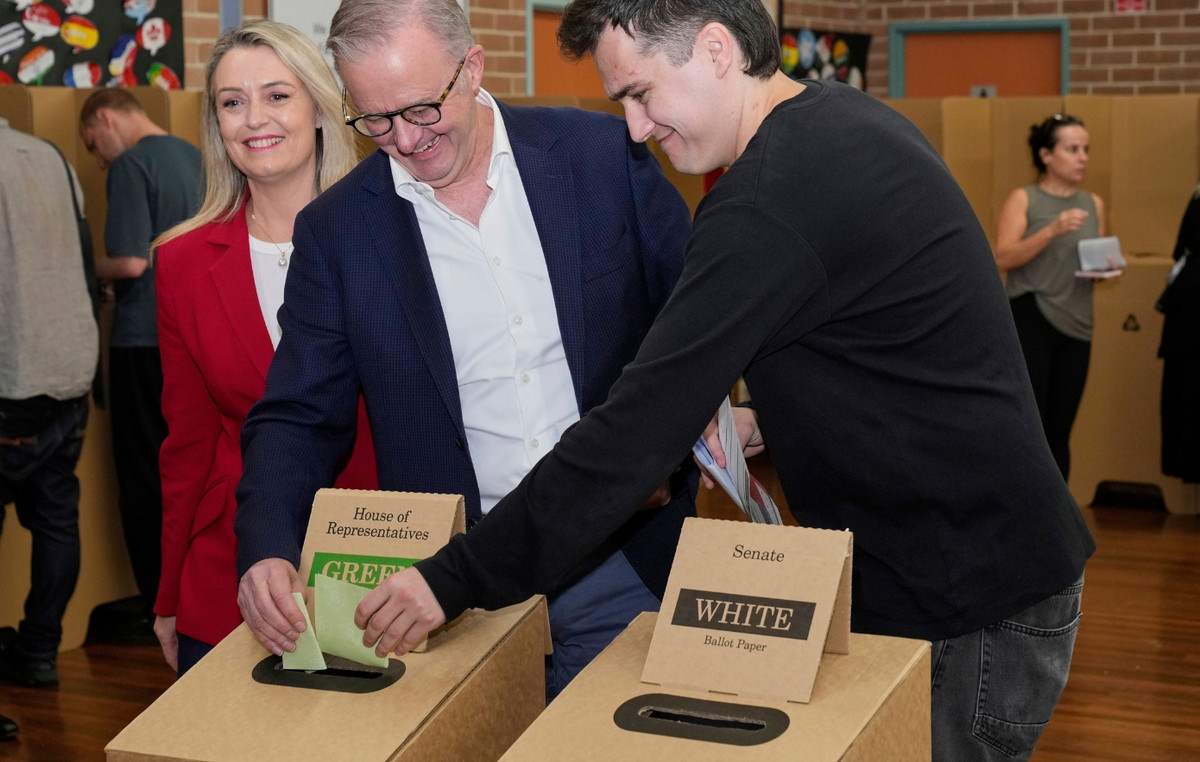Ethereum co-founder Vitalik Buterin drew attention to the need for internal scaling of the network and parallelization of rollup processing to develop the success of the Dencun update.
Ethereum has blobs. Where do we go from here?https://t.co/P2cyf9sCwb
— vitalik.eth (@VitalikButerin) March 28, 2024
The most important upgrade since the migration to the PoS algorithm as a result of The Merge realized the possibility BLOB-transactions.
On the one hand, this made it possible to reduce transaction fees in L2 networks by approximately 100 times. On the other hand, the surge in the use of binary objects led, for example, to the exhaustion of the gas limit in Base, which is why its value in the protocol jumped sharply, Buterin recalled the recent situation.
He noted that in recent years Ethereum has transformed into an ecosystem focused on second-layer networks. In this regard, the roadmap includes the idea of implementing a separate data availability space that will not be accessible to EVM. This will greatly simplify and reduce the cost of confirming transactions.
One direction could be to use Data Availability Sampling (DAS) technology. It will allow nodes to check the correctness of the publication based on a small set of information.
It has been well-understood for years that the future of Ethereum scaling depends on rollups backed by data space secured with data availability sampling. EIP-4844 is a key change that lays the groundwork for this future. pic.twitter.com/toZl6i7hcT
— vitalik.eth (@VitalikButerin) March 28, 2024
As a result of moving along this path, the possibility of increasing BLOB sizes to a maximum of 16 MB and more efficient use of space opens up, Buterin emphasized.
The first step could be the introduction of a simplified version of the technology – PeerDAS, Buterin believes. In this method, each node stores a small portion of the blob data (e.g. ⅛) and maintains P2P connections with the rest. To check a fragment, it contacts directly the node that stores it.
Rollups technologies also need further improvements, the expert is sure. Firstly, improving data compression methods can theoretically reduce their volume per transaction from 180 bytes to 25. Secondly, the use of Plasma, which will allow L2 solutions not to place all the information on the chain.
Among the important tasks for improving rollups, Buterin also named “parallelization” and increasing the efficiency of interaction between “computation and storage.”
Source: Cryptocurrency
I am an experienced journalist and writer with a career in the news industry. My focus is on covering Top News stories for World Stock Market, where I provide comprehensive analysis and commentary on markets around the world. I have expertise in writing both long-form articles and shorter pieces that deliver timely, relevant updates to readers.







